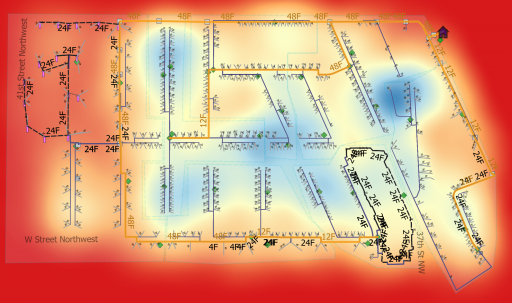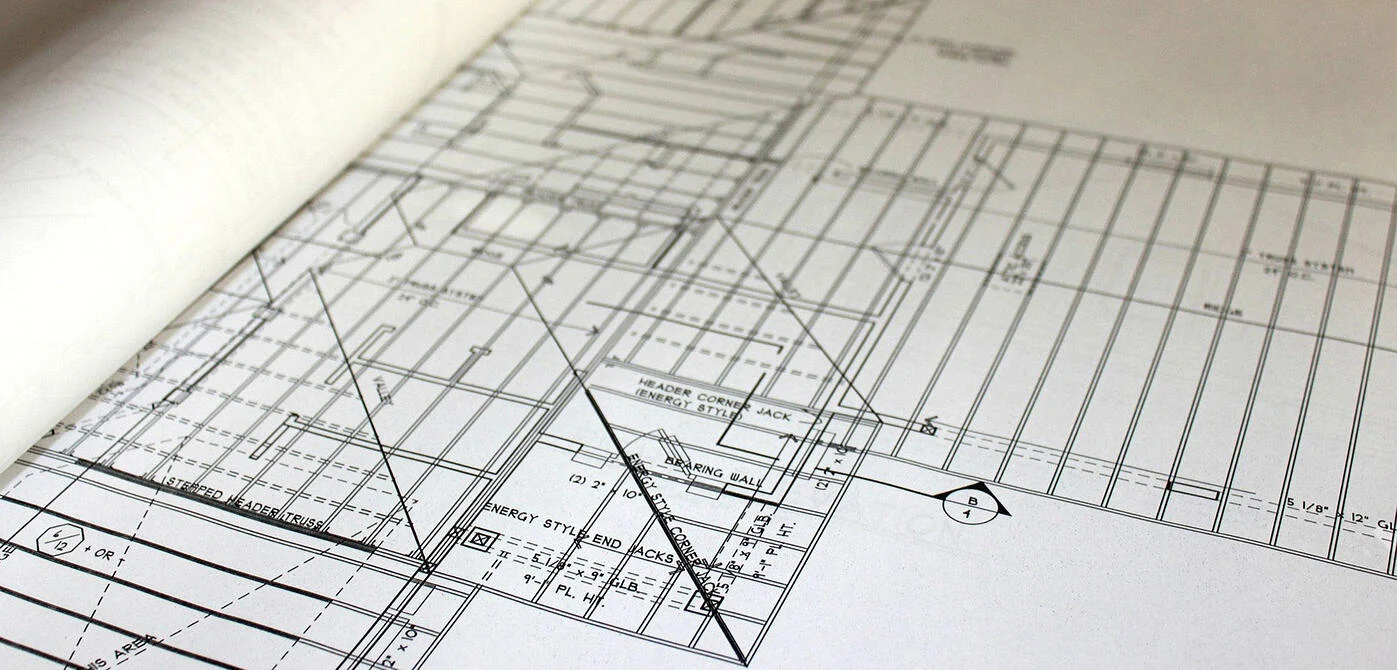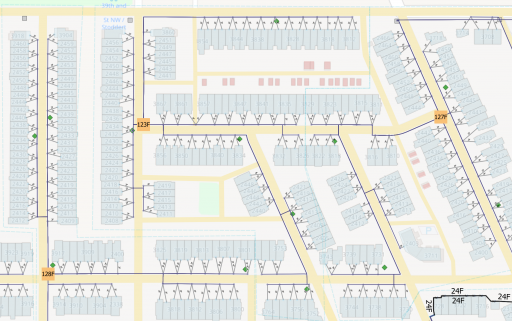The optimal Fiber to the x (FTTx) network design should strive to minimize the need for civil works and make the most of existing infrastructure like ducts, poles, manholes, and cabinets. This approach not only enhances cost-effectiveness but also streamlines the network deployment process.
Greenfields versus brownfields projects
Designing brownfield projects poses different challenges than designing greenfield projects. In greenfield projects, the designer has many design options. He or she will decide where new trenching or boring needs to be done, or just to follow the road network.
You can limit the deployment cost for brownfield projects by reusing existing infrastructure. But things become complicated as you need to consider the infrastructure’s limitations.
The sum of these small, detailed and critical tasks makes this stage a time and effort intensive process. At the end of this stage, the designer will have to come up with a feasible and future proofed network design. And he or she needs to deliver a detailed bill of materials to order the needed network equipment. The margin of error is slim as wrong decisions can prove to be expensive and time-wasting.
Detailed input is key
The designer needs much more detailed input data compared to the previous stage. Geographic information of streets, buildings (containing home counts) and existing infrastructure are all required. The quality of the design heavily depends on the quality of this data. That is why companies invest a lot of time and money in acquiring high quality data.
To end up with a good design, the designer needs to make structural decisions for the chosen area. Where to put network elements such as the central office, fiber concentration points and other nodes. Or which cable routes should be used to serve feeders and distribution points. And all this while you need to make sure that at least one fiber is delivered to the home from a central office through various intermediate routes.
To make sure these decisions are feasible, validation in the field is needed. During these inspections, changes may arise which trigger a network redesign. Changing the location of distribution cabinets or modifying distribution or drop reach, may trigger a redesign of the whole area or at least a part of it. Consequently, designers end up designing the whole area multiple times.
Automated fiber network software as a helpful tool
As this is highly inefficient, automated software helps to improve this process. Making it less tedious and costly. This software automatically performs pre-processing steps, applies network constraints and generates an interactive geographical network. The software automatically routes cables and ducts, places equipment and generates the bill of materials.

It provides the freedom to work on multiple areas at the same time. This way you have the time to make important decisions, rather than to get stuck in monotonous tasks such as drawing cables and ducts.
It can also integrate manual changes made by the user and recalculate the whole network within a short amount of time. This gives the user full control, it provides the opportunity to thoroughly cut costs, and to design the optimal fiber optic network for every area.
Discover more about the benefits of an automated planning and design process and how IQGeo can help you maximize fiber network ROI, book a demo with our industry experts and see our end-to-end fiber network management software in action. Comsof Fiber is the leading automated fiber planning and design software for telecom operators and engineering firms who want to quickly and cost-effectively scale their fiber-optic networks.




 Previous
Previous



